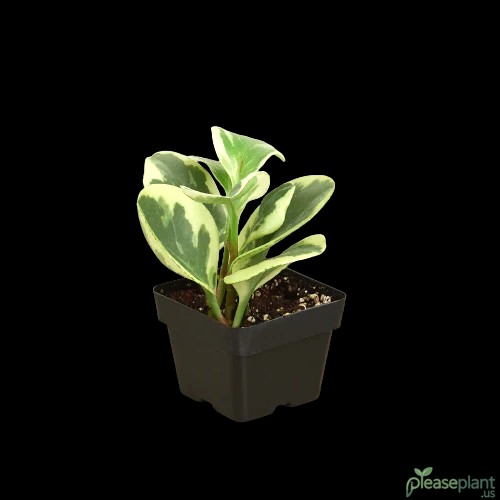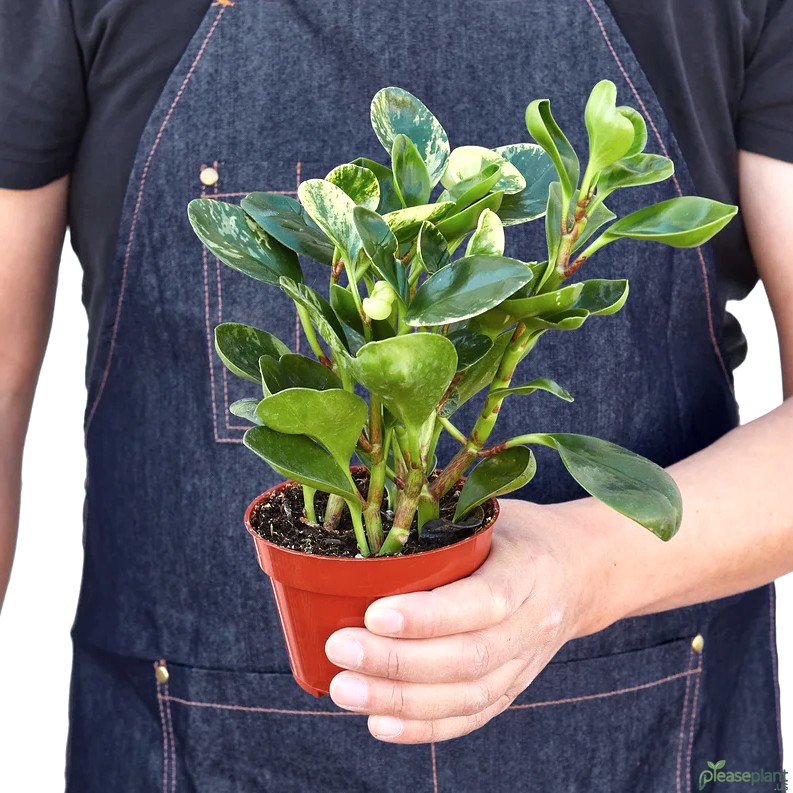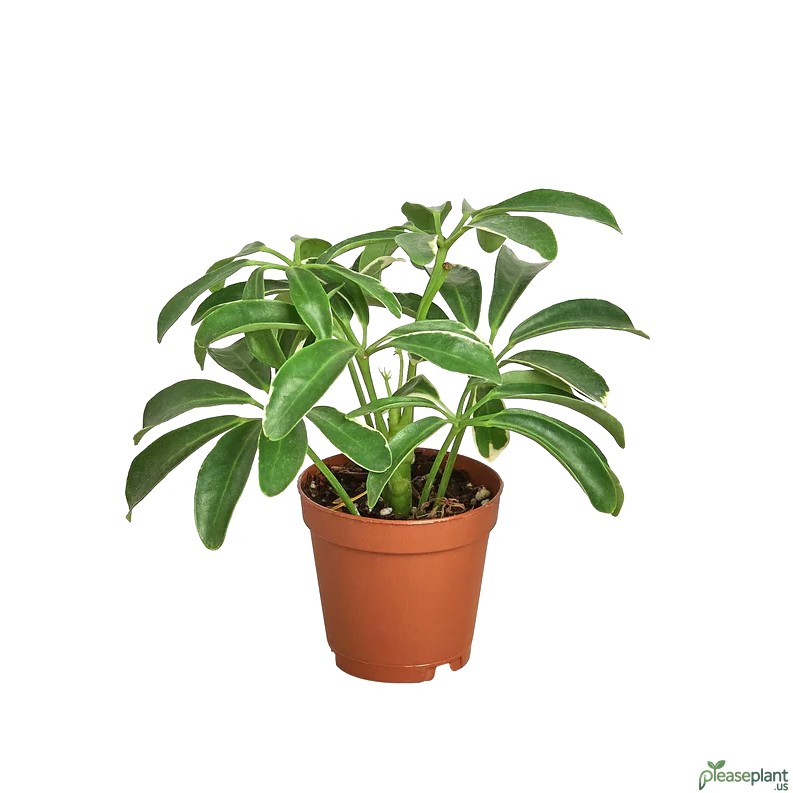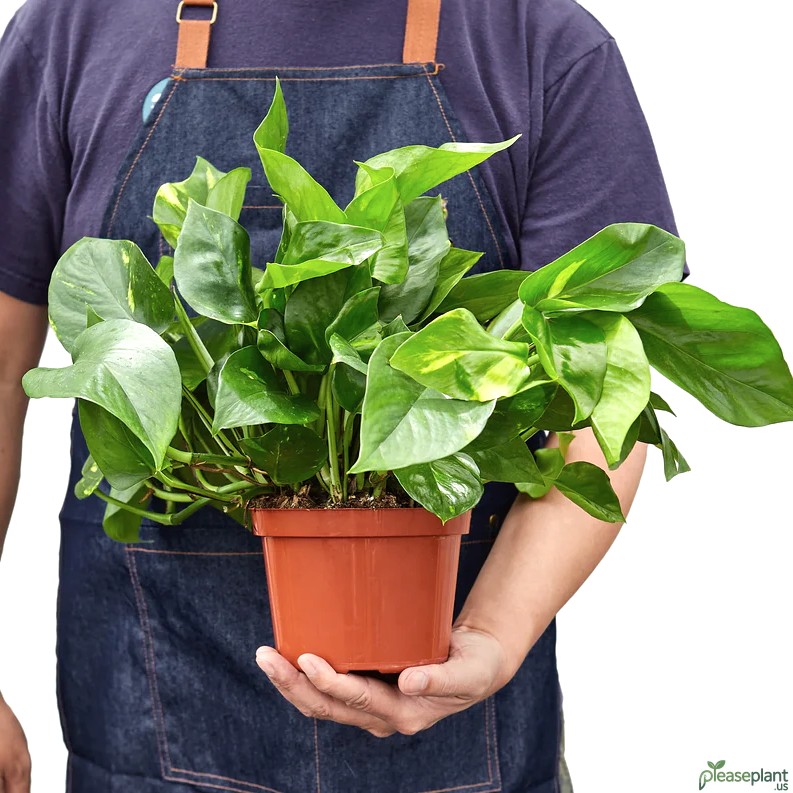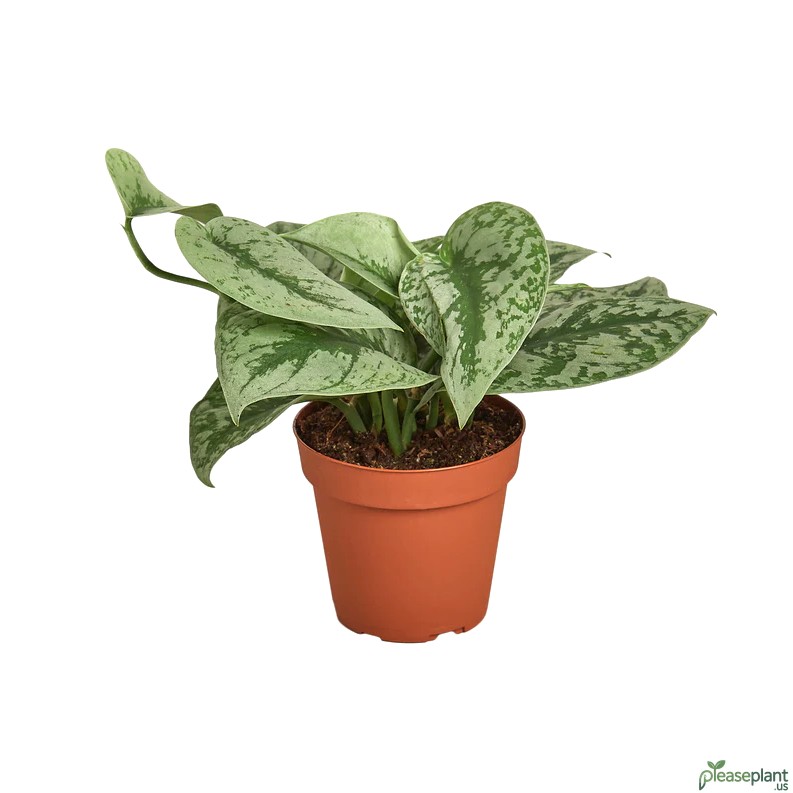So you got a Peperomia Marble, that charming little radiator plant with its marbled leaves, and you’re wondering if it’s safe around your curious cat or dog. Good news! According to the ASPCA, this plant is non-toxic to pets, making it a perfect choice for pet owners who want a splash of greenery without the worry. But beyond safety, there’s more to know about caring for this beauty and keeping it thriving in your home.
Let Me Tell You About Peperomia Marble
The Peperomia Marble, also famously known as the Radiator Plant, is one of those houseplants that sneaks into your heart with its thick, lush, and marbled leaves. It’s not just a pretty face, though. This plant is like the chill neighbor who doesn’t demand much but still brightens up your space. But the real question buzzing around your mind – is it safe for your cat or dog? Well, the ASPCA says yes. Yup, you heard right! This plant is non-toxic to pets, so you can keep it close without fearing a midnight chewing incident.
Why Is Peperomia Marble Special?
Unlike some houseplants that can turn your living room into a mini hazard zone, the Peperomia Marble is a gentle giant in the pet safety arena. Its leaves are thick and slightly waxy, making it less likely to be gobbled up by your four-legged friends. Plus, it doesn’t contain any nasty chemicals or toxins that could upset your pet’s tummy or worse. So if you’re tired of constantly googling "which plants are safe for cats" or "dog-friendly houseplants," this one’s a no-brainer.
Caring for Your Radiator Plant
Now, just because it’s pet-safe doesn’t mean you should treat it like a chew toy. Peperomia Marble enjoys a bit of attention but isn't high maintenance. It prefers indirect light, kinda like the cozy spot next to your window, but not right in the blazing sun. overwatering-6" class="text-primary hover:underline">overwatering is its biggest enemy – soggy soil will have it drooping faster than your cat after a long day of napping. Let the topsoil dry before you water again, and keep it in well-draining soil. Also, a little humidity goes a long way, so mist it now and then or keep it near a humidifier if your home’s dry.
What if Your Pet Is a Serial Plant Nibbler?
Look, even though the Peperomia Marble is safe, munching on any plant too much can cause some mild tummy troubles. So if your pet is the neighborhood's notorious plant chewer, you might want to set some boundaries. Maybe place the pot on a higher shelf or get a few pet-friendly distractions like cat grass or chew toys. It’s all about balance – you want your greenery and your pet, too, without the drama.
The Final Word on Peperomia Marble and Pets
So, does your Peperomia Marble radiator plant make a safe companion for your feline or canine friend? Absolutely. The ASPCA’s reassurance means you can breathe easy and enjoy the verdant vibes without the constant worry of toxic mishaps. But remember, every pet is unique, and a curious nibble here and there is normal. Just keep an eye on them, water your plant properly, and you’ve got a winning combination of pet safety and home style that’s tough to beat.

